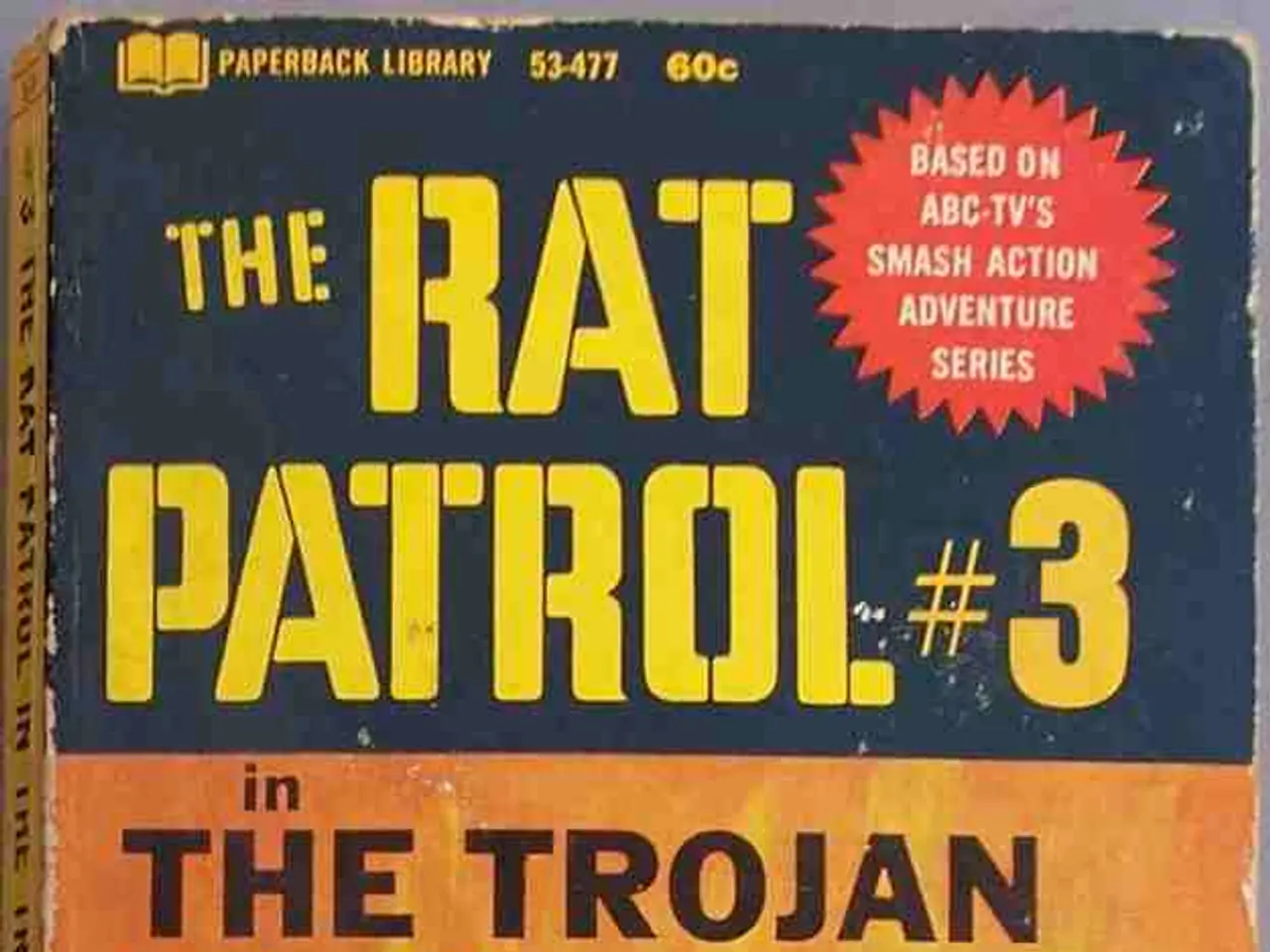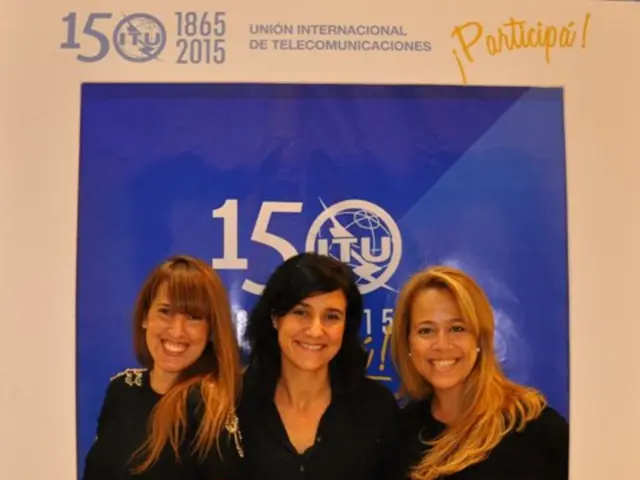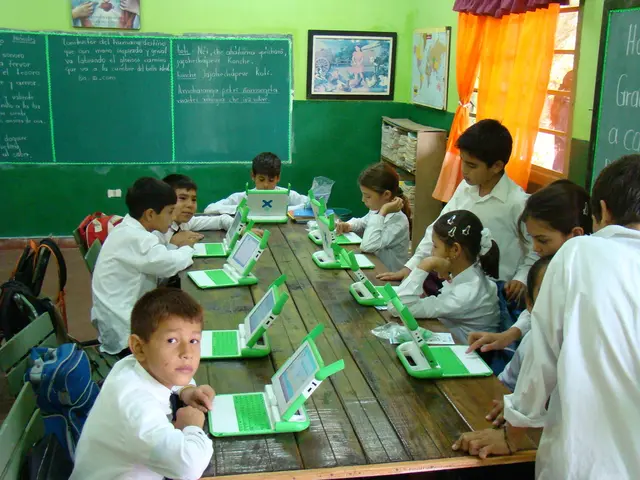Tactical Partner Disputes Unveiled: Colombia's Strategy in Operation Jaque
In the heart of South America, a historic event unfolded in 2008, marking the successful rescue of fifteen hostages, including Ingrid Betancourt and three Americans, after a decade in captivity. This operation, dubbed Operation Jaque, was a testament to the enduring partnership between the United States and Colombia, and a shining example of long-term investing in host-nation capabilities.
The story of Operation Jaque began in 2003, when a US Southern Command contractor's Cessna Grand Caravan crashed in a Colombian jungle controlled by the Revolutionary Armed Forces of Colombia (FARC). This incident set the stage for a series of events that would lead to the rescue mission years later.
In the years preceding Operation Jaque, the Colombian military received extensive military and intelligence support from the United States. This support, a part of Plan Colombia, helped the Colombians expand their aviation and airmobile capability with seventy-two helicopters, and built new counterdrug capabilities, including a professional counternarcotic battalion and a fleet of new helicopters.
The success of Operation Jaque was rooted in its meticulous planning, intelligence infiltration, and coordination by Colombian special forces. The mission involved a Colombian Mi-17 helicopter repainted in international search and rescue colours, landing outside the rebel camp. Passengers posed as doctors, nurses, a Telesur television team, and FARC guerillas from Cano's camp, all part of an elaborate plan to dupe the FARC.
Once airborne, the hostages were loaded onto the helicopter, and Colombian forces subdued the armed FARC guerrillas. Among the fifteen hostages were the three American crew members. The operation was executed without bloodshed, a testament to the skill and precision of the Colombian forces.
Special Operations Command South (SOCSOUTH) supervised this advisory effort, which dated back to the late 1980s. SOCSOUTH played an important indirect and supporting role in freeing the hostages in Operation Jaque. Over the next two months, ten Colombian and five US-Colombian reconnaissance teams were deployed to the jungle, tracking the hostages' movements.
The crash resulted in the execution of the pilot, Tommy Janis, and Colombian intelligence sergeant Alcides Cruz, and the capture of the remaining three Americans. However, signals intelligence indicated movement of the hostages in January 2008, and Colombian intelligence identified an opportunity for a truly unique special operation.
The operation's success was due to persistent investing by the United States in the Colombian military over several decades. This investing, which began with the US Department of State asking the Department of Defense to establish and train antinarcotics police units in several Andean Ridge countries, including Colombia, in 1987, bore fruit in Operation Jaque.
After 1,967 days in captivity, the hostages were finally free. The operation underscored the importance of long-term investing and building host-nation capabilities in irregular warfare. It was more than just a rescue mission; it was a symbol of hope, resilience, and the power of partnership.
Read also:
- chaos unveiled on Clowning Street: week 63's antics from 'Two-Tier Keir' and his chaotic Labour Circus
- Skechers Debuts First American Stores Focused on Athletic Footwear Performance
- Budget discrepancy jeopardizes highway projects' financial support
- Racing ahead in Renewable Energy Dominance: Changzhou, Jiangsu Pushes for Worldwide Renewable Energy Ascendancy




